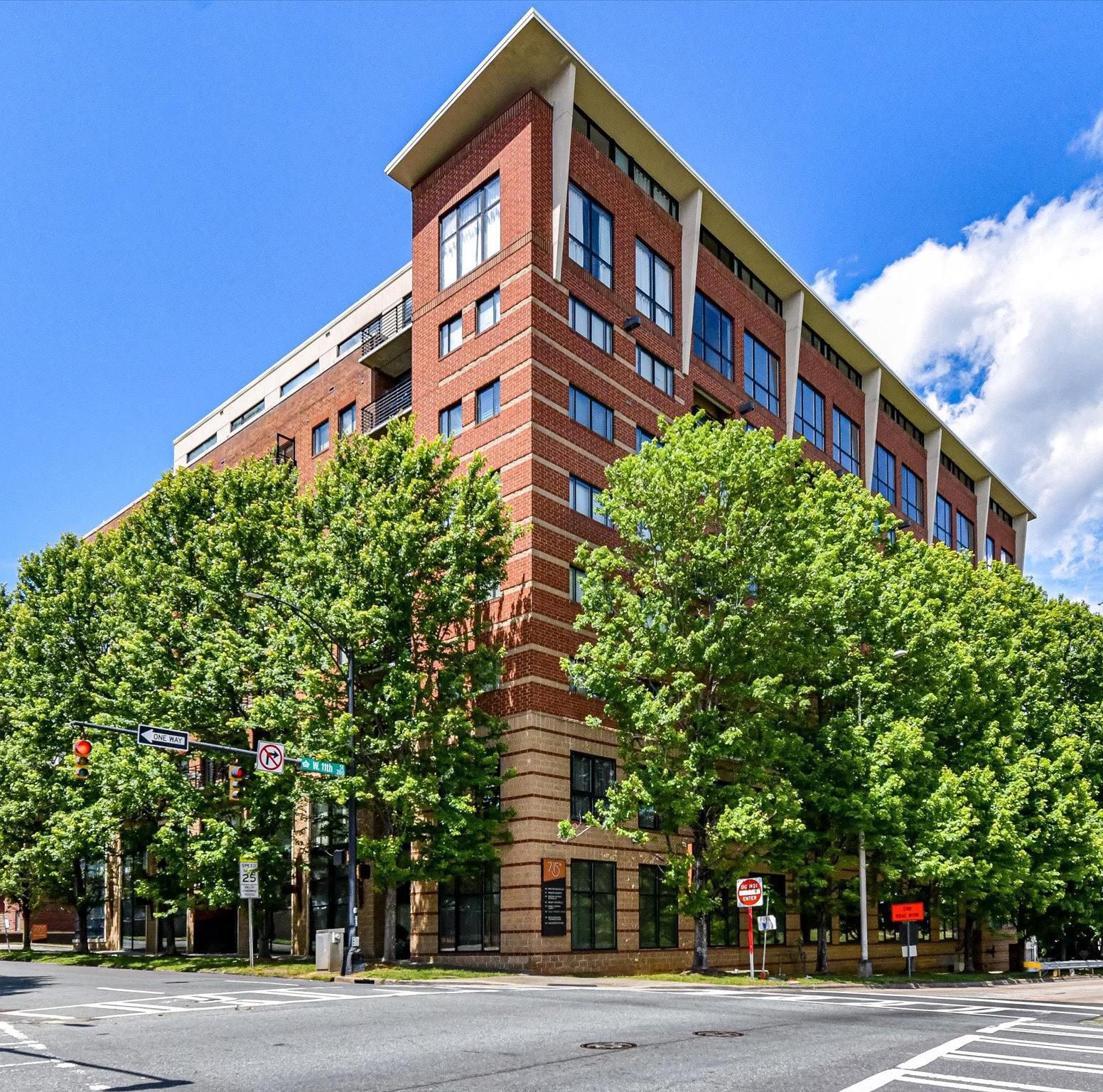
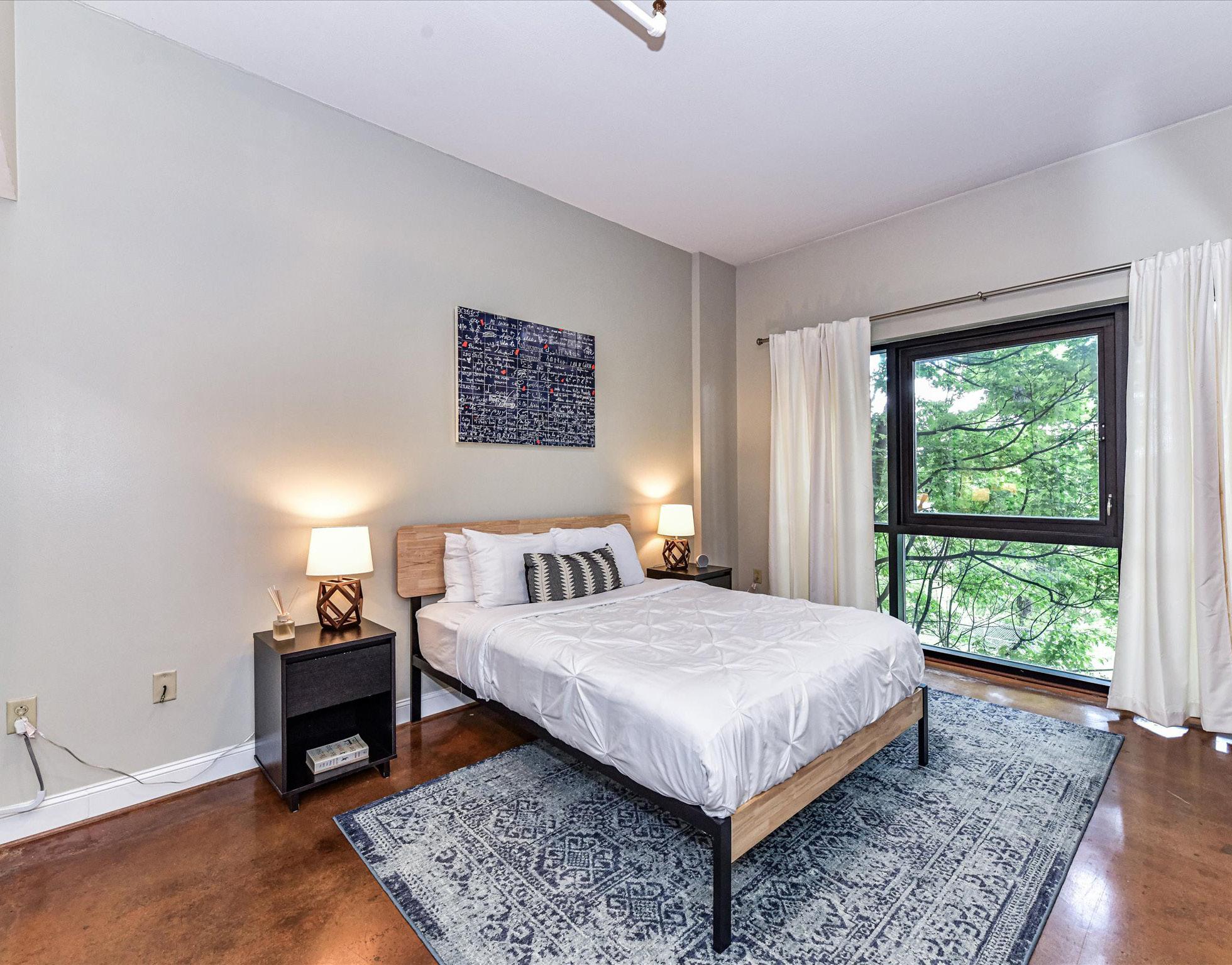
This is an investor’s dream! Welcome to 715 N. Church St-a centrally located condo in the amazing historic Fourth Ward. Close to all Uptown has to offer-this urban oasis is a perfect mix of comfort and style. Located just steps away from the city’s best dinning, shopping and entertainment options-you can literally walk to EVERYTHING! This unit is currently being used as a very successful rental property, however-this would also be a fabulous full time residence or second home. This one bed, one bath condo has everything you need: in-unit laundry, fully stocked kitchen, full bathroom, work area and storage closet. 10 ft ceilings throughout and high gloss concrete floors. Enjoy gated indoor parking, 24/7 security, an elevator, and pool. DO NOT miss the roof top terrace on the 8th floor with breath taking views of Charlotte. The terrace is perfect for gathering with friends, cook outs and entertaining. DO NOT miss your chance to live the city life you’ve always dreamed of!

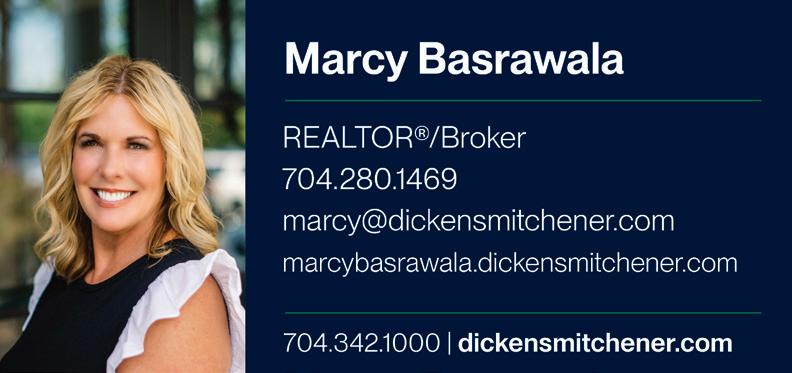
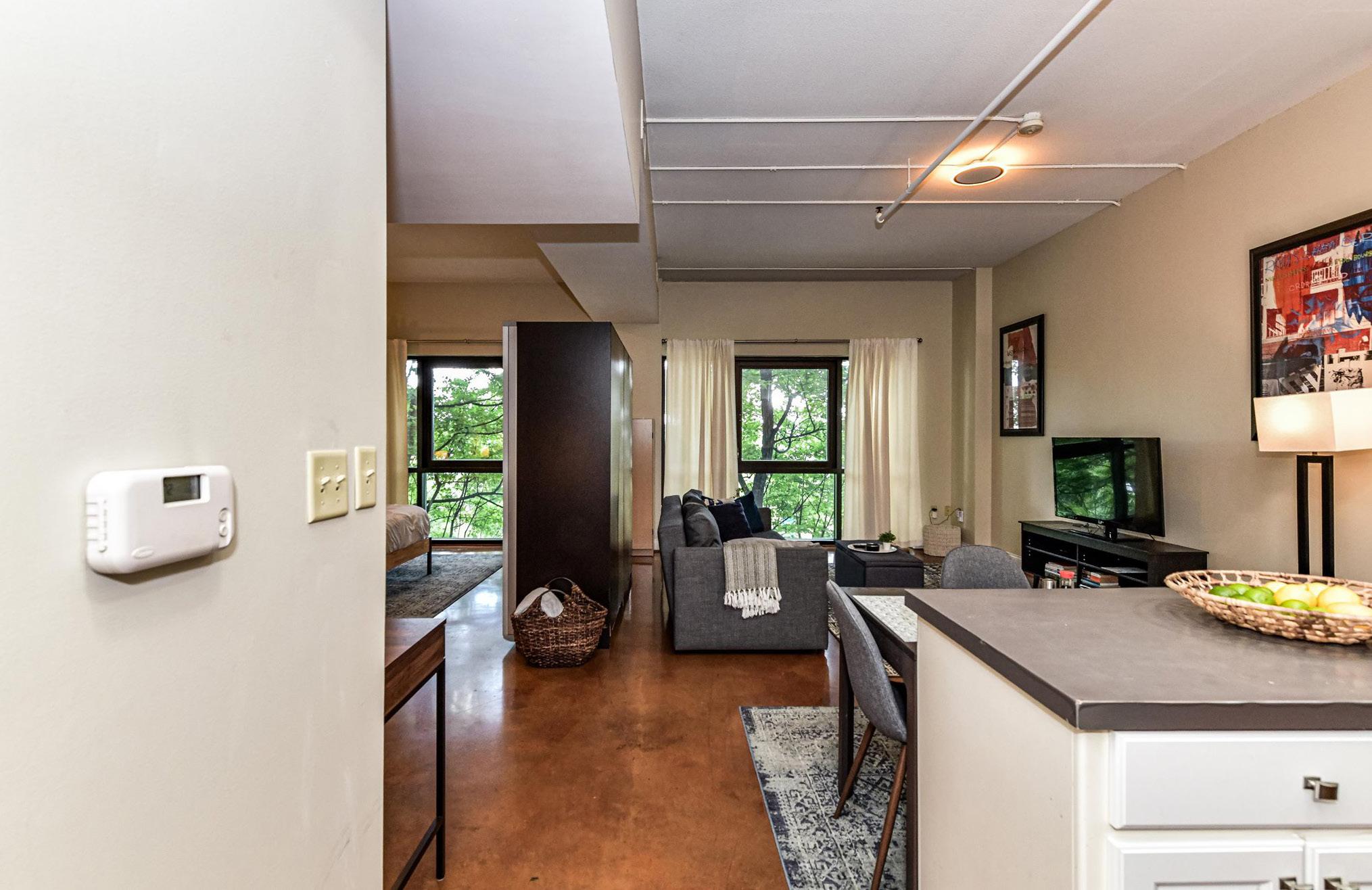
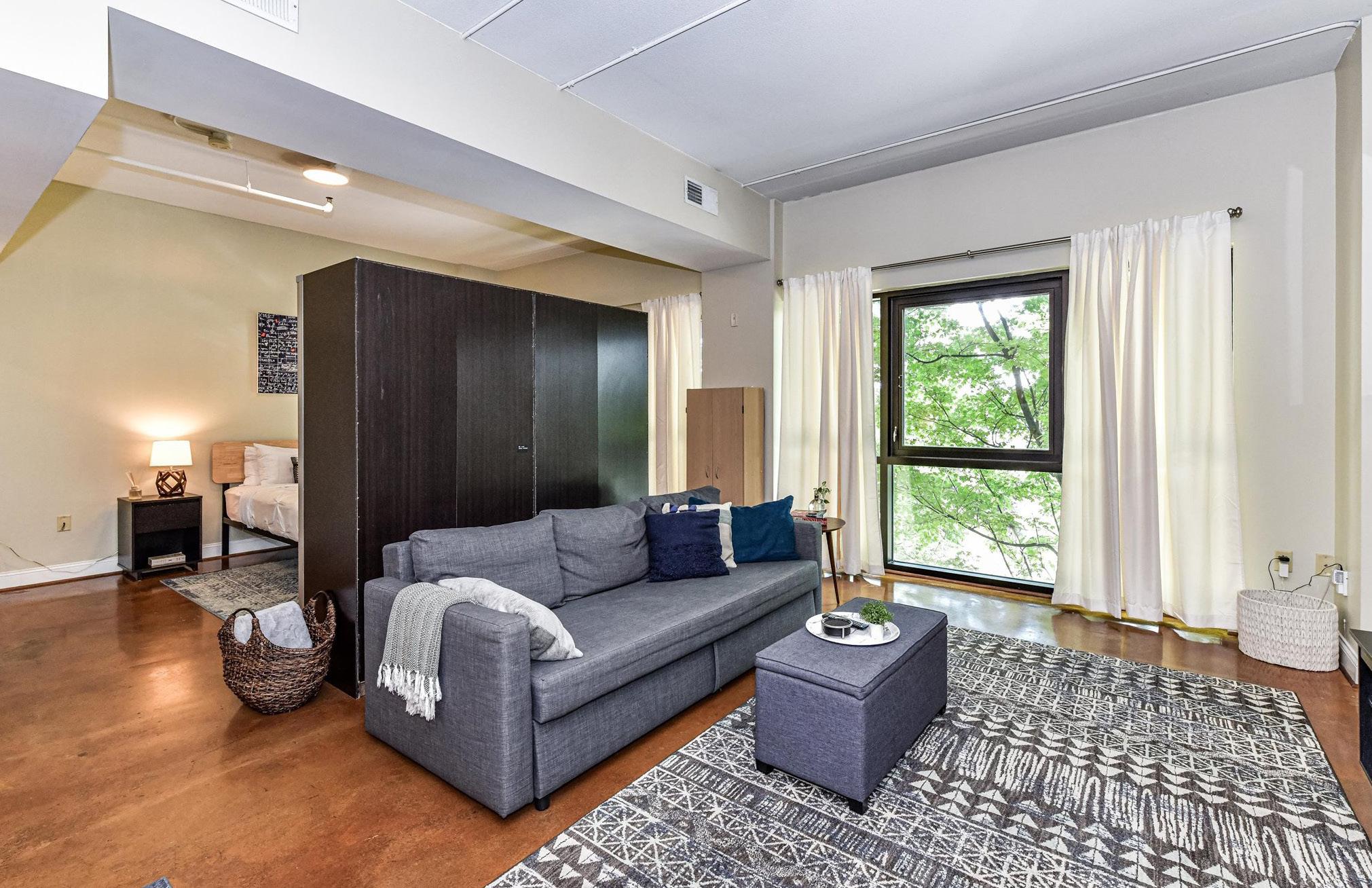
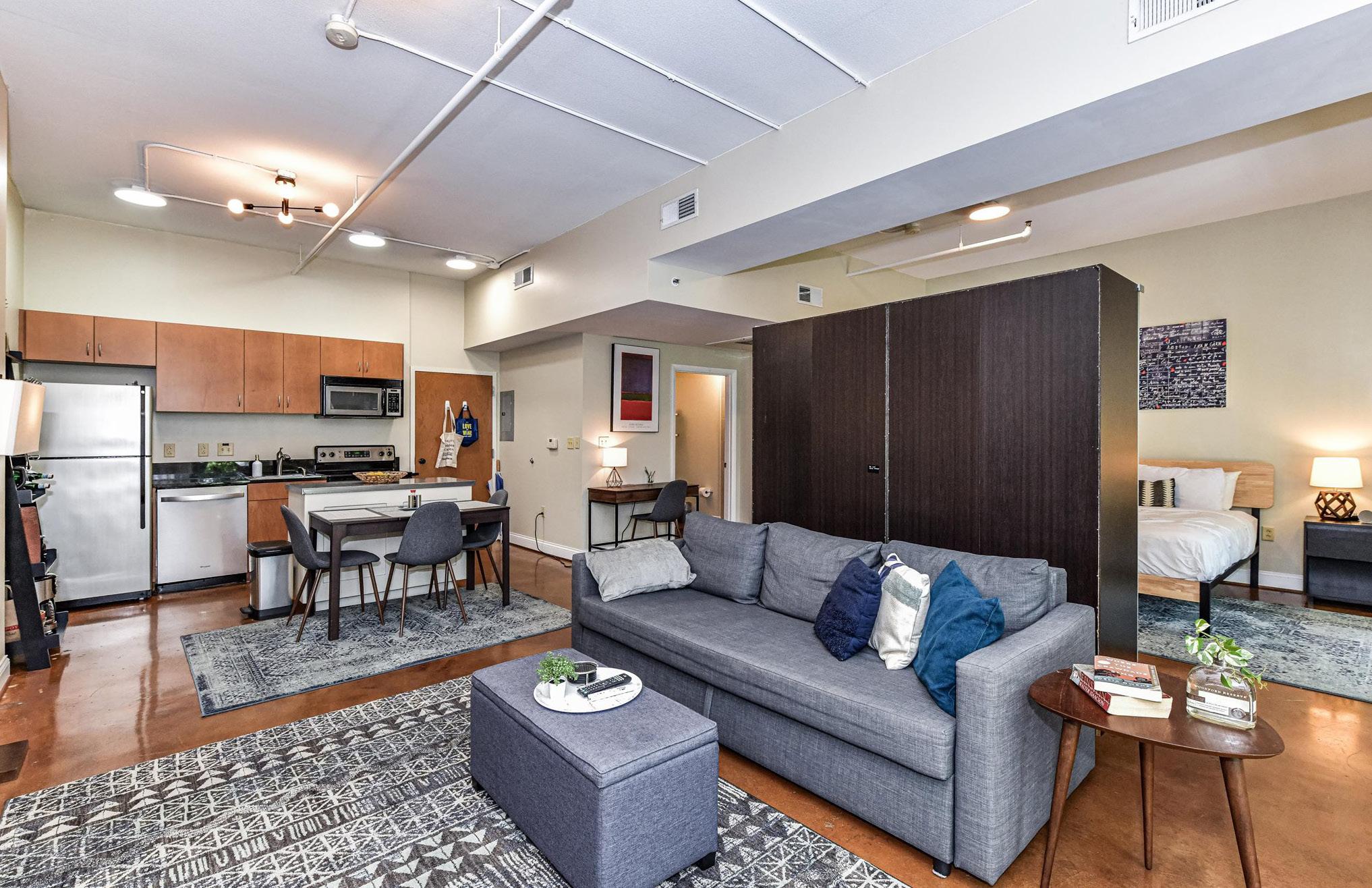
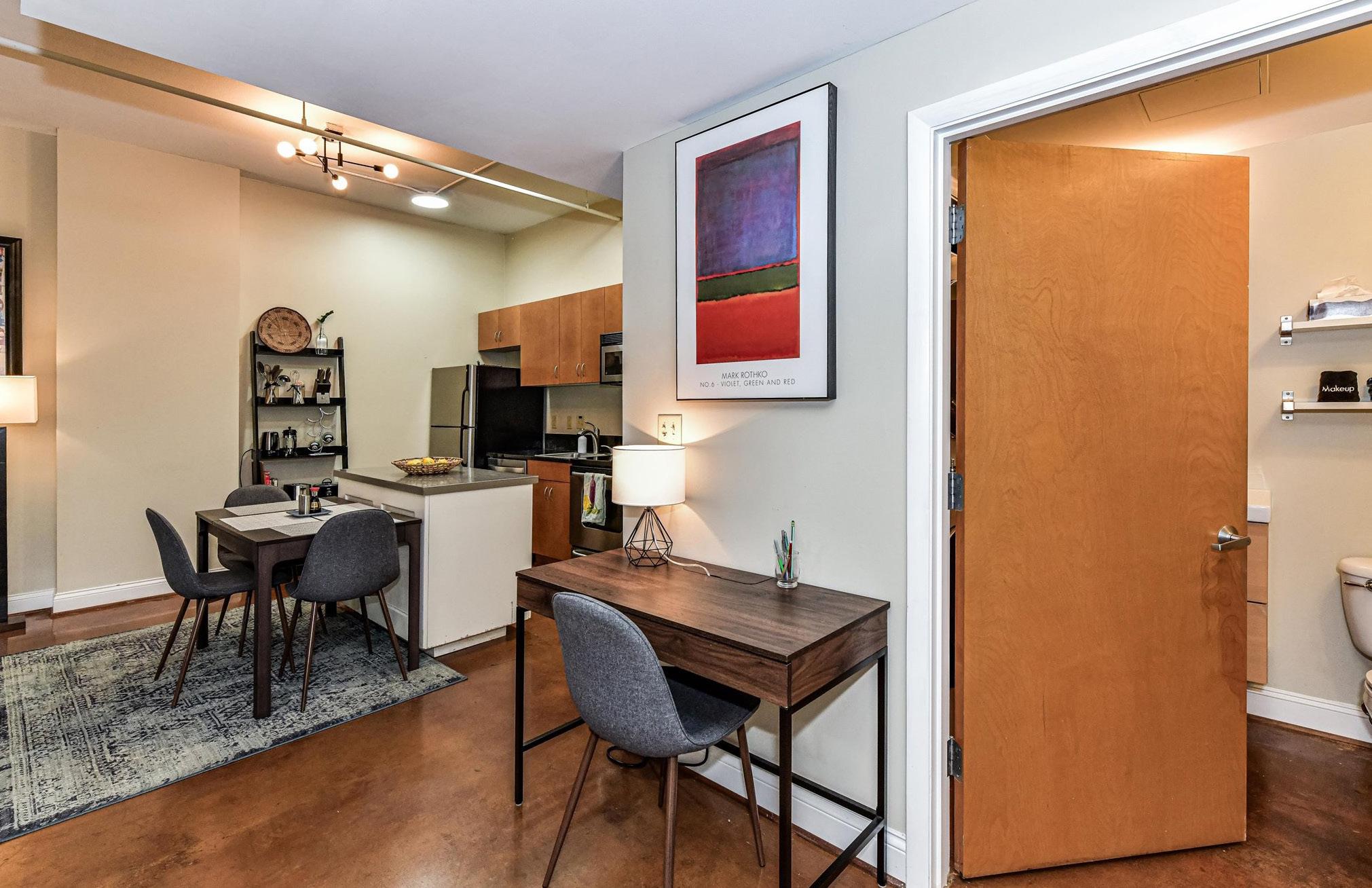
with friends, cook outs and entertaining. DO NOT miss your chance to live the city life you've always dreamed of!
©2025 Canopy MLS. All rights reserved. Information herein deemed reliable but not guaranteed. Generated on 05/09/2025 9:27:24 AM
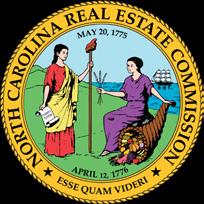

Property Address/Description:
Owner’s Name(s):
715 N Church St, 213, Charlotte, NC 28202
Rushir Shah, Chanra Shah
North Carolina law N.C.G.S. 47E requires residential property owners to complete this Disclosure Statement and provide it to the buyer prior to any offer to purchase. There are limited exemptions for completing the form, such as new home construction that has never been occupied. Owners are advised to seek legal advice if they believe they are entitled to one of the limited exemptions contained in N.C.G.S. 47E-2.
An owner is required to provide a response to every question by selecting Yes (Y), No (N), No Representation (NR), or Not Applicable (NA). An owner is not required to disclose any of the material facts that have a NR option, even if they have knowledge of them. However, failure to disclose latent (hidden) defects may result in civil liability. The disclosures made in this Disclosure Statement are those of the owner(s), not the owner’s broker.
◦ If an owner selects Y or N, the owner is only obligated to disclose information about which they have actual knowledge. If an owner selects Y in response to any question about a problem, the owner must provide a written explanation or attach a report from an attorney, engineer, contractor, pest control operator, or other expert or public agency describing it.
◦ If an owner selects N, the owner has no actual knowledge of the topic of the question, including any problem. If the owner selects N and the owner knows there is a problem or that the owner’s answer is not correct, the owner may be liable for making an intentional misstatement.
◦ If an owner selects NR, it could mean that the owner (1) has knowledge of an issue and chooses not to disclose it; or (2) simply does not know.
◦ If an owner selects NA, it means the property does not contain a particular item or feature.
For purposes of completing this Disclosure Statement: “Dwelling” means any structure intended for human habitation, “Property” means any structure intended for human habitation and the tract of land, and “Not Applicable” means the item does not apply to the property or exist on the property.
OWNERS: The owner must give a completed and signed Disclosure Statement to the buyer no later than the time the buyer makes an offer to purchase property. If the owner does not, the buyer can, under certain conditions, cancel any resulting contract. An owner is responsible for completing and delivering the Disclosure Statement to the buyer even if the owner is represented in the sale of the property by a licensed real estate broker and the broker must disclose any material facts about the property that the broker knows or reasonably should know, regardless of the owner’s response.
The owner should keep a copy signed by the buyer for their records. If something happens to make the Disclosure Statement incorrect or inaccurate (for example, the roof begins to leak), the owner must promptly give the buyer an updated Disclosure Statement or correct the problem. Note that some issues, even if repaired, such as structural issues and fire damage, remain material facts and must be disclosed by a broker even after repairs are made.
BUYERS: The owner’s responses contained in this Disclosure Statement are not a warranty and should not be a substitute for conducting a careful and independent evaluation of the property. Buyers are strongly encouraged to:
• Carefully review the entire Disclosure Statement.
• Obtain their own inspections from a licensed home inspector and/or other professional. DO NOT assume that an answer of N or NR is a guarantee of no defect. If an owner selects N, that means the owner has no actual knowledge of any defects. It does not mean that a defect does not exist. If an owner selects NR, it could mean the owner (1) has knowledge of an issue and chooses not to disclose it, or (2) simply does not know
BROKERS: A licensed real estate broker shall furnish their seller-client with a Disclosure Statement for the seller to complete in connection with the transaction. A broker shall obtain a completed copy of the Disclosure Statement and provide it to their buyer-client to review and sign. All brokers shall (1) review the completed Disclosure Statement to ensure the seller responded to all questions, (2) take reasonable steps to disclose material facts about the property that the broker knows or reasonably should know regardless of the owner’s responses or representations, and (3) explain to the buyer that this Disclosure Statement does not replace an inspection and encourage the buyer to protect their interests by having the property fully examined to the buyer ’s satisfaction.
• Brokers are NOT permitted to complete this Disclosure Statement on behalf of their seller-clients.
• Brokers who own the property may select NR in this Disclosure Statement but are obligated to disclose material facts they know or reasonably should know about the property.
A1. Is the property currently owner-occupied?
Date owner acquired the property: If not owner-occupied, how long has it been since the owner occupied the property?
A3. Have there been any structural additions or other structural or mechanical changes to the dwelling(s)?
A4. The dwelling’s exterior walls are made of what type of material? (Check all that apply)
A2. In what year was the dwelling constructed? Brick Veneer Vinyl Stone
A5. In what year was the dwelling’s roof covering installed?
A6. Is there a leakage or other problem with the dwelling’s roof or related existing damage?
A7. Is there water seepage, leakage, dampness, or standing water in the dwelling’s basement, crawl space, or slab?
A8. Is there an infestation present in the dwelling or damage from past infestations of wood destroying insects or organisms that has not been repaired?
A9. Is there a problem, malfunction, or defect with the dwelling’s:
Foundation Windows
Attached Garage Slab Doors Fireplace/Chimney
Patio Ceilings
Floors Deck
Interior/Exterior Walls
Other:
Explanations for questions in Section A (identify the specific question for each explanation):
SECTION B.
B1. Is there a problem, malfunction, or defect with the dwelling’s electrical system (outlets, wiring, panels, switches, fixtures, generator, etc.)?
B2. Is there a problem, malfunction, or defect with the dwelling’s heating and/or air conditioning?
B3. What is the dwelling’s heat source? (Check all that apply; indicate the year of each system manufacture)
B4. What is the dwelling’s cooling source? (Check all that apply; indicate the year of each system manufacture)
Central Forced Air: Year: Wall/Windows Unit(s): Year:
Other: Year:
B5. What is the dwelling’s fuel source? (Check all that apply)
Explanations for questions in Section B (identify the specific question for each explanation):
SECTION C.
SUPPLY/SEWER/SEPTIC
C1. What is the dwelling’s water supply source? (Check all that apply)
City/County Shared well Community System Private well Other:
If the dwelling’s water supply source is supplied by a private well, identify whether the private well has been tested for: (Check all that apply).
Quality Pressure Quantity
If the dwelling’s water source is supplied by a private well, what was the date of the last water quality/quantity test?
C2. The dwelling’s water pipes are made of what type of material? (Check all that apply)
C3. What is the dwelling’s water heater fuel source? (Check all that apply; indicate the year of each system manufacture)
C4. What is the dwelling’s sewage disposal system? (Check all that apply)
Septic tank with pump Community system Septic tank
Connected to City/County System
Drip system
City/County system available Other:
Straight pipe (wastewater does not go into a septic or other sewer system) *Note: Use of this type of system violates State Law.
If the dwelling is serviced by a septic system, how many bedrooms are allowed by the septic system permit? No Records Available
Date the septic system was last pumped:
C5. Is there a problem, malfunction, or defect with the dwelling’s:
Septic system
Plumbing system (pipes, fixtures, water heater, etc.)
Sewer system Water supply (water quality, quantity, or pressure)
Explanations for questions in Section C (identify the specific question for each explanation):
F2. Is there an environmental monitoring or mitigation device or system located on the property?
F3. Is there debris (whether buried or covered), an underground storage tank, or an environmentally hazardous condition (such as contaminated soil or water or other environmental contamination) located on or which otherwise affect the property?
F4. Is there any noise, odor, smoke, etc., from commercial, industrial, or military sources that affects the property?
F5. Is the property located in a federal or other designated flood hazard zone?
F6. Has the property experienced damage due to flooding, water seepage, or pooled water attributable to a natural event such as heavy rainfall, coastal storm surge, tidal inundation, or river overflow?
F7. Have you ever filed a claim for flood damage to the property with any insurance provider, including the National Flood Insurance Program?
F8. Is there a current flood insurance policy covering the property?
F9. Have you received assistance from FEMA, U.S. Small Business Administration, or any other federal disaster flood assistance for flood damage to the property?
F10. Is there a flood or FEMA elevation certificate for the property?
NOTE: An existing flood insurance policy may be assignable to a buyer at a lesser premium than a new policy. For properties that have received disaster assistance, the requirement to obtain flood insurance passes down to all future owners. Failure to obtain flood insurance can result in an owner being ineligible for future assistance.
Explanations for questions in Section F (identify the specific question for each explanation):
SECTION G. MISCELLANEOUS
G1. Is the property subject to any lawsuits, foreclosures, bankruptcy, judgments, tax liens, proposed assessments, mechanics’ liens, materialmens’ liens, or notices from any governmental agency that could affect title to the property?
G2. Is the property subject to a lease or rental agreement?
G3. Is the property subject to covenants, conditions, or restrictions or to governing documents separate from an owners’ association that impose various mandatory covenants, conditions, and or restrictions upon the lot or unit?
Explanations for question in Section G (identify the specific question for each explanation):
715 N Church St, 213, Charlotte, NC 28202
